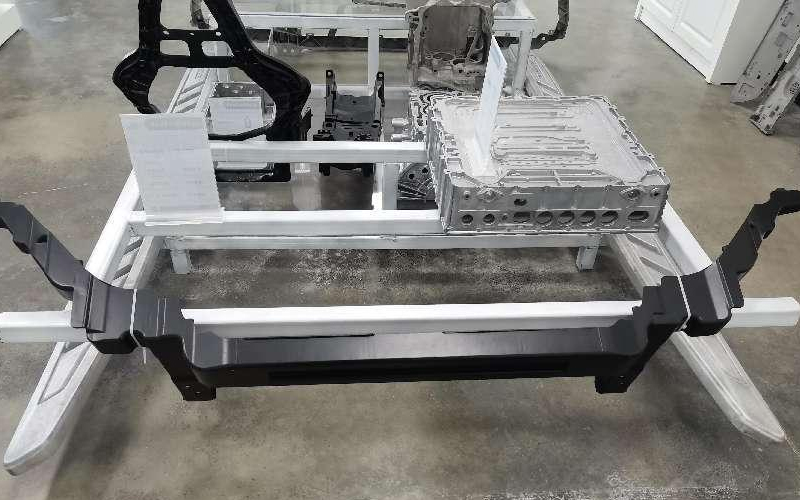Introduction:
In the world of product development, turning an idea into a tangible prototype is a crucial step towards bringing it to market. Aluminum prototypes have gained popularity due to their lightweight properties, durability, and cost-effectiveness. This article will guide you through the process of creating an aluminum prototype, from conceptualization to reality.
Step 1: Conceptualization and Design
The first step is to clearly define your concept and design. This involves brainstorming ideas, sketching rough designs, and considering the feasibility of each concept. Once you have a solid design in mind, it’s time to move on to the next step.
Step 2: Computer-Aided Design (CAD)
Using computer-aided design (CAD) software, you can create a detailed 3D model of your prototype. CAD allows you to refine the design, make necessary adjustments, and ensure that all the dimensions are accurate. This step is crucial as it provides a visual representation of your concept before moving forward.
Step 3: Selecting Aluminum Alloys
Choosing the right aluminum alloy for your prototype is an important decision. Different aluminum alloys offer varying qualities such as strength, ductility, corrosion resistance, and thermal conductivity. Consider the specific requirements of your prototype and consult with a materials expert to determine the most suitable alloy for your needs.
Step 4: Material Sourcing and Preparation
Once you have selected the appropriate aluminum alloy, it’s time to source the material. There are various suppliers available that specialize in providing aluminum materials for prototyping purposes. Ensure you choose a reputable supplier that can provide consistent and high-quality materials.
Once the material is acquired, it needs to be prepared for the prototyping process. This typically involves cutting the aluminum into the desired shape and size using specialized tools such as CNC machines or laser cutting equipment.
Step 5: Rapid Prototyping Techniques
There are several rapid prototyping techniques available for creating aluminum prototypes. One popular method is 3D printing, where the CAD model is converted into a physical object layer by layer. Another technique is CNC machining, where a computer-controlled machine removes material from the aluminum block to create the desired shape.
Both methods have their advantages and limitations, so it\’s important to consider factors such as cost, complexity, and time constraints when choosing the appropriate technique for your prototype.
Step 6: Finishing and Assembly
Once the prototype is created, it’s time to add the finishing touches. This may involve sanding, polishing, or applying coatings to enhance the appearance and functionality of your prototype. Additionally, any necessary assembly steps should be performed to ensure that the prototype accurately represents the final product.
Step 7: Testing and Evaluation
After the prototype is finished, it’s important to test and evaluate its performance. This step helps identify any design flaws or improvements that need to be made before moving forward with the production phase. Conduct thorough testing and gather feedback from potential users or stakeholders to ensure that your prototype meets the desired requirements.
Conclusion:
Creating an aluminum prototype requires careful planning, design, and execution. By following these steps, you can effectively turn your idea into a tangible reality. Remember to constantly iterate and improve your design based on testing and feedback to ensure a successful final product. With the right resources and expertise, you can bring your innovative ideas to life through aluminum prototyping.
-

- Tvornički prilagođeni Kina Bmx bicikli cestovni sport dječji bicikl 12 16 18 20 inča bicikl Mtb za djecu 6-10 godina
-

- Veleprodaja Dječji ciklus od legure magnezija za 3 do 5 godina 12 inča dječji ciklus OEM jeftini
-

- Ultralagana ovjesna viljuška za MTB
-

- OEM die-casted parts& components
-

- Poklopac UAV-a za komponente za tiksom kalupovanje od magnezijuma visoke preciznosti
-

- Kruta viljuška od legure magnezijuma za bicikl

 0086-750-5616188
0086-750-5616188 +86 13392089688
+86 13392089688 sales@zhongmei-tech.com
sales@zhongmei-tech.com








